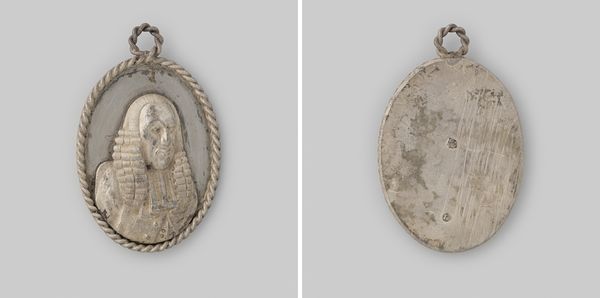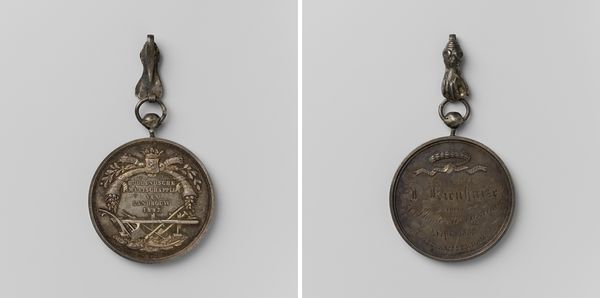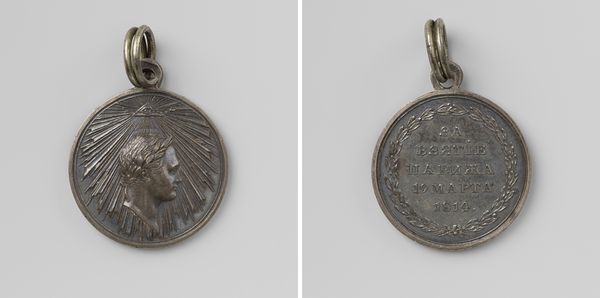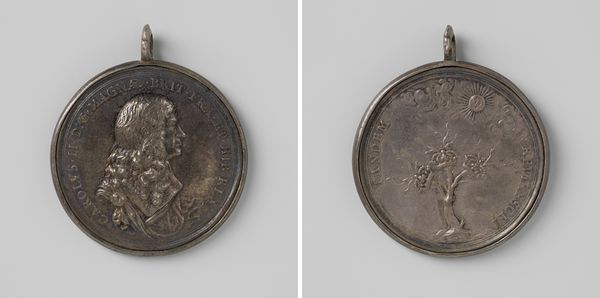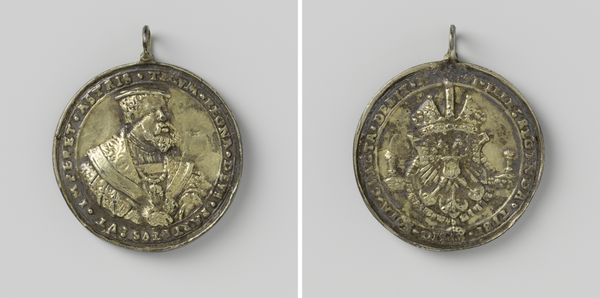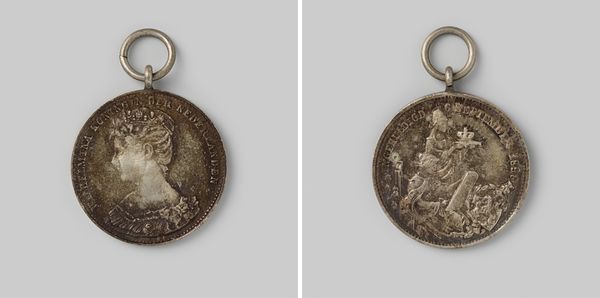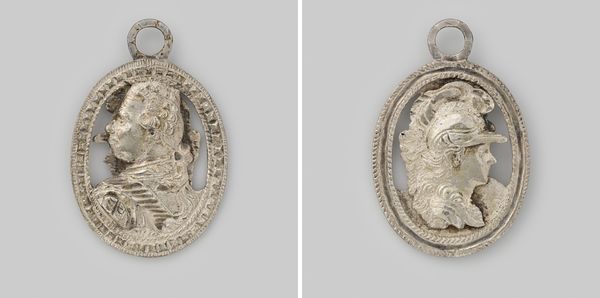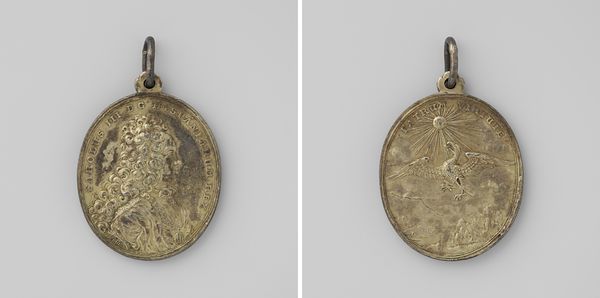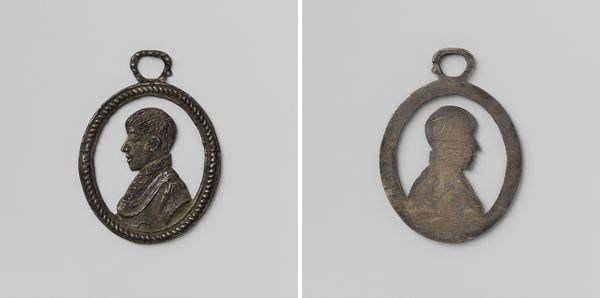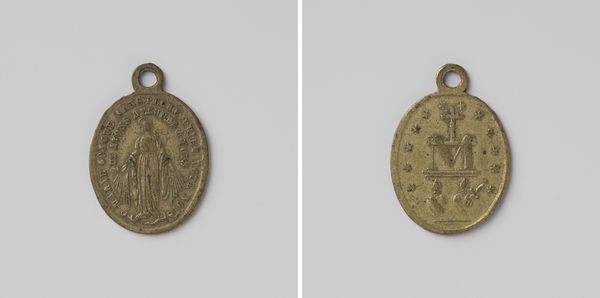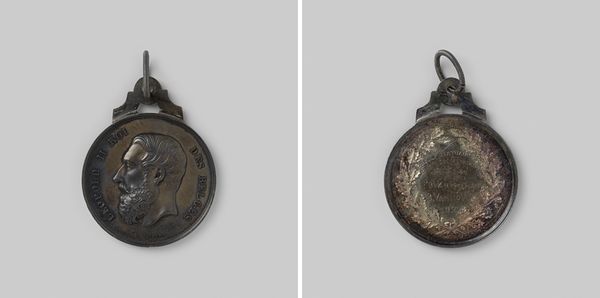
metal
#
portrait
#
medal
#
baroque
#
dutch-golden-age
#
metal
Dimensions: diameter 9.3 cm, diameter 8.1 cm, diameter 7.2 cm, diameter 6 cm, weight 72.68 gr
Copyright: Rijks Museum: Open Domain
Editor: Here we have a Dutch Golden Age medal made of metal. It's called "Klaes Klasen Moey," created around 1635. One side features a profile portrait, while the other displays a ship. It looks incredibly detailed, almost like a tiny world encapsulated in metal. How should we approach interpreting a piece like this? Curator: Well, remember these weren’t merely decorative objects. They functioned within specific socio-political contexts. We must examine how the piece served public roles. Consider that in the 17th century, the Dutch Republic was a major maritime power. Medals like these weren’t just art; they were often commissioned to commemorate events or honor individuals significant to that identity. Editor: So the ship is a deliberate symbol? Curator: Absolutely. A ship signifies trade, exploration, and, importantly, naval power. Who was Klaes Klasen Moey and how did he serve Dutch interests? Furthermore, look at the portraits. These representations weren’t neutral. Who had the power to commission them? How do medals like these circulate specific ideas or bolster particular claims to authority? Editor: The portrait feels…almost idealized. Clean lines, strong profile. So, are we looking at propaganda on a personal scale? Curator: "Propaganda" is a strong word. More accurately, these medals broadcast messages of competence, prosperity, and power. They helped craft and reinforce a visual narrative about the Dutch Republic and its key figures. Editor: It's fascinating to consider this object as a kind of portable monument, circulating ideas about national identity. I hadn’t considered the power of medals beyond their aesthetic value. Curator: Exactly. Analyzing art in its historical context makes visible the complex relationship between patronage, representation, and social power. Keep these questions in mind, and you'll develop a critical eye for any piece you encounter.
Comments
No comments
Be the first to comment and join the conversation on the ultimate creative platform.
